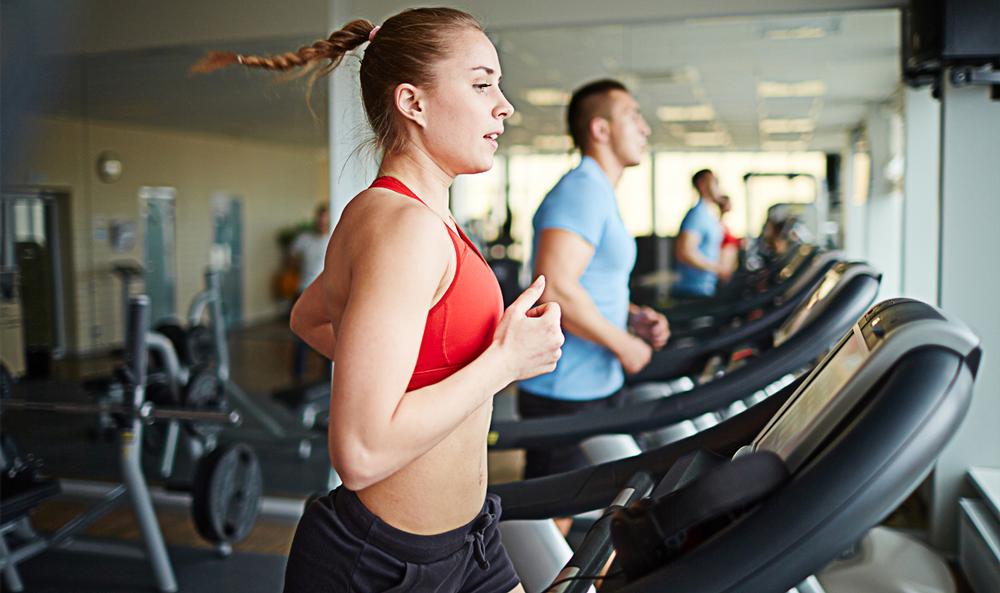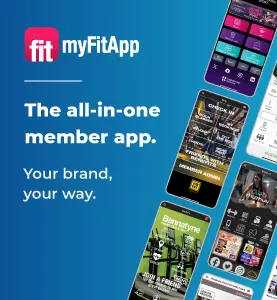Aerobic fitness should be considered a vital sign and assessed as part of medical examinations. This is the very exciting new advice from the American Heart Association (AHA), which says this measure should become as standard as monitoring someone’s blood pressure, body temperature or pulse.
The AHA’s statement – issued at the end of last year – draws comparisons with smoking, obesity and high blood pressure, observing that aerobic fitness can be an even better indicator of a person’s risk of heart disease and early death. Linked to this, the organisation is encouraging doctors to signpost anyone with low aerobic fitness into exercise; it points out that fitness is a malleable measure, with risk of heart disease lowered simply by moving more.
This comes hot on the heels of the decision by the UK’s Royal College of General Practitioners to make physical activity and lifestyle a clinical priority for GPs over the next three years (see HCM Aug 16, p3); the fitness sector is, it seems, finally coming of age in both the US and the UK, with credible medical bodies pushing to have fitness’ preventative health potential recognised by doctors.
At this stage the AHA’s stance is still just a recommendation – it doesn’t change the formal heart disease risk calculations – but the organisation is hopeful it will have an impact not only on doctors but also on the general public, driving awareness of the importance of aerobic fitness among both groups.
If the AHA and RCGP initiatives have the impact they hope, the fitness sector is set to see far more people referred to its facilities. It must be ready, with staff skilled up to welcome the less fit and help them get results; in this way the circle will be completed, with GPs’ confidence in our sector growing further as they see health risks fall.
But there’s another – consumer-facing – benefit of a focus on aerobic fitness. Health data can be bewildering, and aerobic fitness can be used to communicate complex medical messages in a way people understand. Specifically, aerobic fitness (someone’s VO2 max) can be used to calculate their biological age – how old their body is physiologically. If their VO2 max is lower than average for their age group, their biological age is older than their chronological age, and vice versa.
This matters for two reasons. Firstly, biological age is very motivating – a simple, one-figure snapshot that sums up your health. Mine used to be much younger than my chronological age, but after a year of little exercise, a Boditrax scan revealed it to be four years older. That’s been a powerful kick into action; nobody likes to feel old for their age.
Secondly, echoing the AHA statement, biological age has been clearly linked to longevity: in a 2014 study, people whose VO2 max was 15 per cent or more below average for their age had an 82 per cent higher risk of dying prematurely than those whose biological age was the same as, or younger than, their actual age. Aerobic fitness really does matter.
But at the moment GPs aren’t experts in fitness: they’re unlikely to have body scanners to hand, and will most likely be unaware of other tools to help them implement AHA recommendations. So what are their options? The AHA suggests online fitness age calculators, but my experience suggests these estimate your fitness based purely on your current activity levels. What if, as in my case, your fitness routine is new? One calculator gave me a fitness age 13 years younger than I really am; I sadly know that to be untrue!
Nuffield’s Health MOT offers a scaleable alternative: an aerobic fitness test which estimates VO2 max by monitoring heart rate variability. No aerobic stress, no need for treadmills or body scanners, but still a reading that’s based on your body as it stands today. It then gives you a % score of how your health compares to others your age. Our sector should be reaching out to GPs with robust solutions such as this.
@healthclubkate
























































